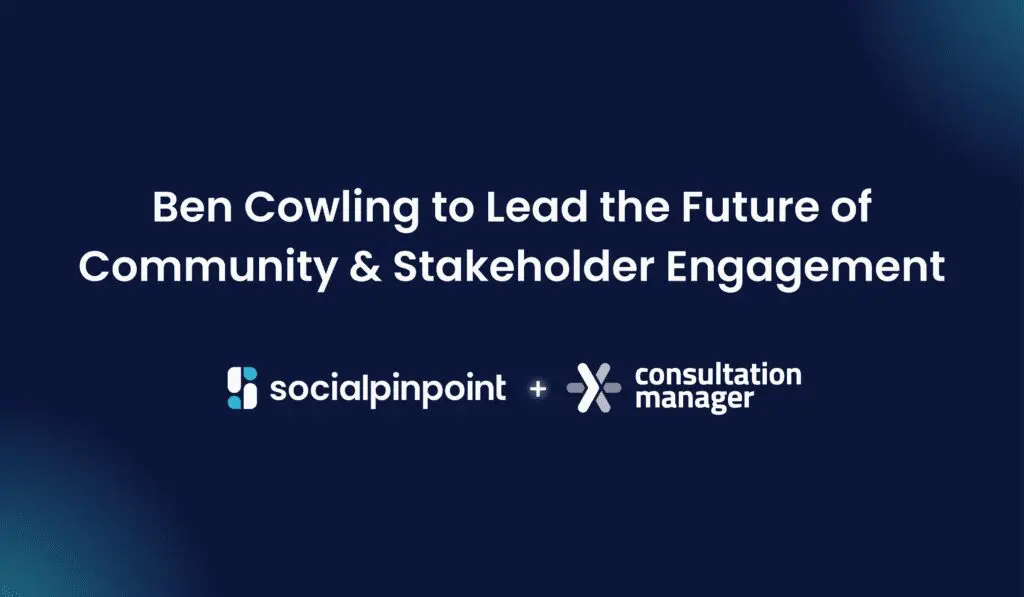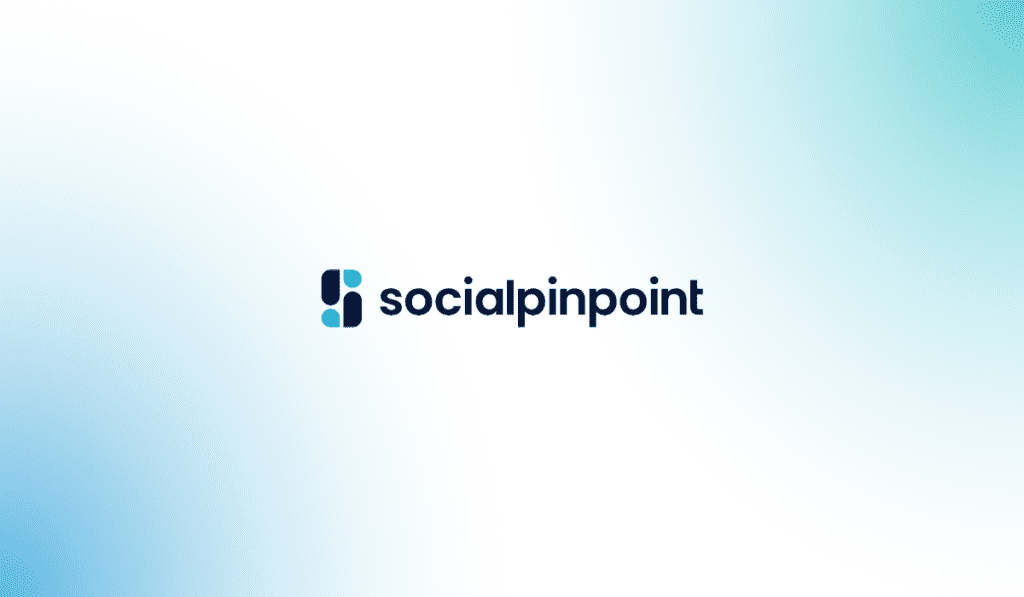Major issues like the climate emergency and inequality are challenging our existing democratic systems with the need for a transformative response. That’s why it’s so important that we know how to develop a robust action plan for community engagement that harnesses digital innovation. With the right action plan in place, we can ensure we are connecting with our community on an appropriate level to enhance public decision-making.
According to a recent study across 17 advanced global economies, a median of 56% of people surveyed believe that there should be a major or complete reform of their political systems. Fuelled by a growing demand for increased citizen power in decision-making, the vital role of community engagement is becoming clear.
However, too often, community engagement projects stall, do not reach a diverse and representative group of people, fail to embed in institutional processes, or have outcomes ignored by elected representatives.
That’s why it’s so important to create an effective community engagement action plan. With the right plan in place, it’s possible to create inclusive forums for citizen-led decision-making while increasing public participation.
So, let’s take a deep dive into three important elements to consider in your next community engagement action plan.
- Planning
- Implementation
- Review

1. Planning
In the planning phase of your project, you should think about how you can build your organization’s readiness to engage.
Clearly define the purpose, goals, and objectives of your engagement project.
Before you start reaching out to the community, it’s important that you are clear about the purpose of the engagement process. You can’t ask the right questions of your community unless your organization understands its own intentions first.
When you start writing your community engagement action plan, ensure that you can answer the following question:
What is your organization’s mission and how might engaging the community help to achieve it?
Provide a summary of the project and background information.
Asking for community feedback when you already have a concrete plan in place typically won’t be received well. However, it is important to show that you have researched the real community problems that you are trying to solve and have some courses of action in mind.
This helps you to build your credibility within the community. However, you should showcase that you have enough flexibility in your plans to adapt to the public input that you receive along the way.
Providing a summary of the project and showcasing the ‘why’ upfront will help you to start building community consensus throughout the rest of the engagement process.
Identify and analyze your stakeholders.
It’s important to conduct thorough stakeholder identification and analysis. You should know who all of your internal and external stakeholders are, their level and nature of interest in your project, the depth of engagement that you need to give them, and any resources or knowledge that they can provide.
Identifying all of your stakeholders gives you an understanding of their information requirements and helps to guide the rest of your community engagement plan. In some instances, you will also be legally required to consult with particular stakeholders and you will need to be able to showcase that you have listened and responded to their needs.
Define the level of engagement.
In order to conduct a transparent engagement process and address power imbalances, it’s important to be clear about your organization’s negotiables and non-negotiables. If your community understands what it can and can not change, you can gather more targeted and valuable feedback while building trust.
You should also make sure that your organization has a clear understanding of the level of engagement that you are seeking. IAP2’s Public Participation Spectrum is a best practice framework for helping you to define this. Depending on the impact of your decision and your public participation goals, you can seek to either inform, consult, involve, collaborate with or empower your community.

2. Implementation
During implementation, your entire team should have a clear understanding of the who, what, when, where, why, and how of the community engagement project.
Outline your methods of stakeholder engagement.
You need to have a clear plan as to how you will reach diverse and representative stakeholder groups. Diversity improves decision-making, so you need to establish a process for ensuring that all voices are heard.
Using a hybrid community engagement strategy, with a mix of online and offline tools can help to ensure that your approach is accessible, inclusive, and equitable. Planning to offer diverse avenues for public input helps to overcome potential barriers to community engagement.
Online community engagement tools, such as surveys and participatory budgets can be used in innovative ways to digitally capture and organize community feedback throughout your entire engagement process. However, face-to-face methods are also valuable for facilitating deliberative discussions, building relationships, and reaching groups of people with limited internet access.
Establish a communications plan.
If you want community members to participate in your engagement initiative, it’s important that they know about it. So, take some time to think about how you will promote your community engagement process across a variety of owned, earned, and paid media channels.
You should also identify the languages spoken in your community and provide translations as required.
In order to adequately inform your community, you also need to ensure that the language you use is understandable. You should also identify and develop key messages so that you can communicate consistently with a variety of stakeholder groups.
Identify potential risks and develop mitigation strategies.
It’s important to have a clear understanding of your local regulatory requirements so that your community engagement processes are compliant.
Make sure you identify stakeholder groups that you have to consult with, as well as the short and long-term social and environmental impacts that your project needs to assess. You should also map out stakeholder relationships and chains of influence in order to identify groups that may oppose your project if they aren’t adequately consulted.
At this stage, you should also ensure that there is enough flexibility in your project design so that you can adapt to potential risks and challenges as they emerge.

3. Review
The community engagement action plan doesn’t end at project completion. You need to be prepared to review and communicate how the public’s input has translated into outcomes. Taking time to reflect also fosters continuous learning.
Explain how you will report back to the community.
If you are going to ask citizens to share their time, expertise, and feedback with your organization, they deserve to know how it has been used. You should plan to close the loop with a comprehensive community engagement report to foster trust and respect while encouraging future participation.
Your community engagement report should:
- Reiterate your project and objectives
- Explain when, where, why, and how you engaged
- Describe who you engaged
- Outline what you heard
- Share the outcomes and next steps
You should also ensure that you have a data management plan in place so that you are able to effectively analyze and report on the community’s feedback when the time comes. It’s important that you’re able to relay the feedback to the wider organization in an understandable way. This will ensure that the feedback provided by your community can be implemented strategically.
Plan to evaluate your progress.
Effective community engagement requires a growth mindset and continuous learning. That’s why it’s essential that your organization has a framework in place for evaluating the effectiveness of your community engagement project.
Ensure that you have a plan in place for constantly measuring and evaluating whether or not your organization is achieving its purpose, goals, and objectives throughout the entire project lifecycle.
You should have checks and measures in place so that you can identify what has been working well and the learnings that you can carry forward into your next initiative.
A community engagement strategy action plan helps you reach your goals.
As you work through the community engagement action plan template we’ve discussed, you will notice what makes your strategy weak and what makes it strong.
Thinking about your civic engagement action plan’s flaws helps you to make adjustments. While taking note of its strengths helps your organization to affirm that it’s a good idea.
Breaking your big public participation goals down into small parts and coming up with ways to reduce risk also helps you to boost innovation. The boundaries and structure of planning can help you to stretch your mind and develop community engagement strategies with the power to transform democracy for the better.












